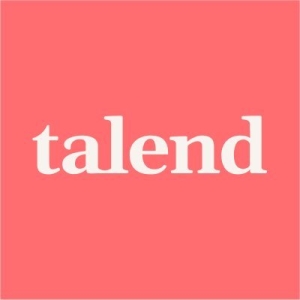Talend Data Management Platform excels in real-time data integration, centralized metadata sharing, cloud deployment, and robust monitoring. It features user-friendly interfaces, numerous connectors, and strong data transformation tools. Users appreciate the ease of developing custom code, compatibility with various platforms, pushdown capabilities, and extensive community support. The platform efficiently handles large data volumes, integrates diverse data sources, and offers valuable ETL processes, data quality solutions, and user access management through the Talend Admin Console.
- "Overall, the management and running environment are very stable, and I would rate it an eight out of ten."
- "The process of upgrading the software is quite easy."
- "The tool was mainly used for ETL processes to apply governance rules on data."
Talend Data Management Platform users report challenges with system errors, technical support, installation, and documentation. Multitasking and performance are concerns as users mention slow ETL transformations and the need for faster SAP connections. Version control and better integration options are desired. Monitoring, security, and change data capture need enhancements. Users seek user-friendly interfaces and better training resources. Improvements in scalability, logging, and administration are requested along with more connectors and data quality features.
- "I wonder if, at the same price, the API component could be added, which would be beneficial."
- "Data management could also encompass APIs and real-time streaming data integration."
- "The biggest challenge with Talend was its performance."




